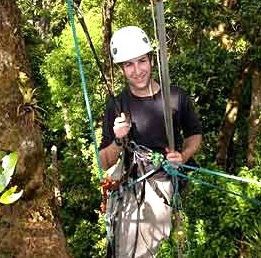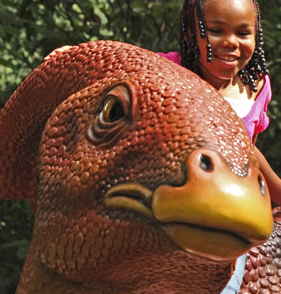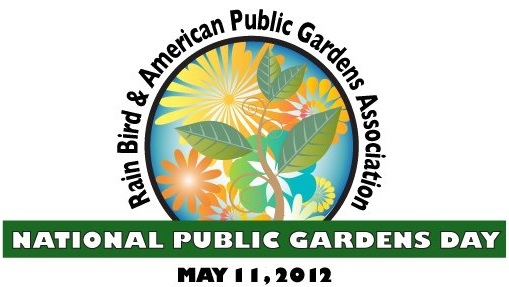Ancient Egypt
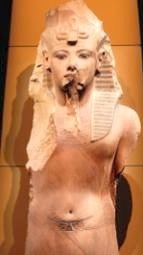 Are your learners fascinated by mummies and pyramids? Are ancient civilizations part of your 2012-2013 curriculum? Explore ancient Egypt at Howtosmile.org with activities like Mummy Magic, The Trial: Grand Vizier Ay Stands Accused of Murder! and Modern Detectives: Think Like an Archaeologist. You can also travel to ancient Egypt this summer at three major science center exhibits across the country.
Are your learners fascinated by mummies and pyramids? Are ancient civilizations part of your 2012-2013 curriculum? Explore ancient Egypt at Howtosmile.org with activities like Mummy Magic, The Trial: Grand Vizier Ay Stands Accused of Murder! and Modern Detectives: Think Like an Archaeologist. You can also travel to ancient Egypt this summer at three major science center exhibits across the country.
Boston Museum of Science’s Lost Egypt: Ancient Secrets, Modern Science focuses on archaeologists' work to acquire knowledge, not just treasures. If you can't get to the museum itself, visit the virtual exhibit to play an ancient Egyptian game of Senet, send a buried message, and even plan your afterlife.

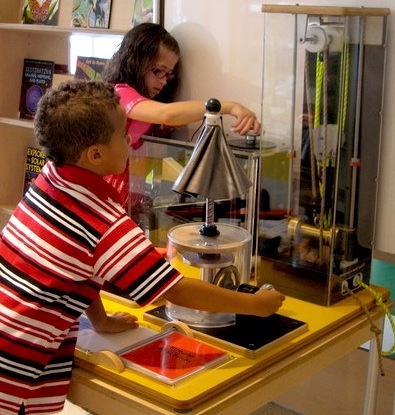
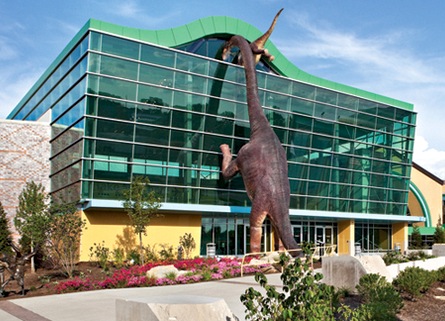
 Planning summer activities or camps with an Olympic theme? Howtosmile.org has lots of free and low-cost
Planning summer activities or camps with an Olympic theme? Howtosmile.org has lots of free and low-cost  They said it couldn’t be built. Seventy-five years later, the Golden Gate Bridge has carried more than a billion cars across the San Francisco Bay. Among the
They said it couldn’t be built. Seventy-five years later, the Golden Gate Bridge has carried more than a billion cars across the San Francisco Bay. Among the 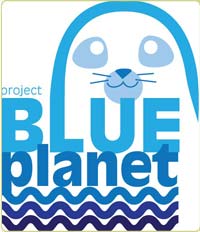 Your school or community group could win $1500 for starting an eco-team or eco-themed project that educates kids and inspires them to take action about an environmental problem. Enter the
Your school or community group could win $1500 for starting an eco-team or eco-themed project that educates kids and inspires them to take action about an environmental problem. Enter the 
